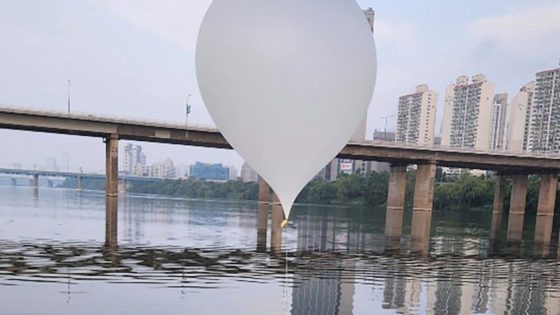High-speed rail projects are, at long last, beginning to crop up around the United States. In North Carolina, construction has begun on a line that will take passengers from Raleigh to Wake Forest at speeds of 110 mph, Newsweek reported. The entire line, when completed, will offer travel between Raleigh and Richmond, Virginia.
The project has received $1.3 billion in funding from the Bipartisan Infrastructure Law.
“This is the beginning of a new chapter in passenger rail in North Carolina and really one of the biggest projects that we’re supporting anywhere in the country,” U.S. Secretary of Transportation Pete Buttigieg told reporters.
On the existing rail line between Raleigh and Richmond, it takes 3 hours, 45 minutes to ferry passengers 190 miles. The new high-speed line will be slightly more direct and much faster, taking only around 2 hours, 45 minutes — around the same amount of time it would take to drive.
However, there are several ways that a high-speed rail line will be superior to driving. The train, like all high-speed rail, will produce far less planet-overheating air pollution per passenger than cars. It will also produce less noise pollution than cars and take up much less space. And it probably goes without saying, but you will not need to own, rent, or know how to operate a car to use it — making it a much less expensive and more accessible transportation option for a huge number of Virginians and North Carolinians.
While the car-centric United States’ high-speed rail network lags far behind that of many countries — most notably China, which has a massive high-speed rail system that is the envy of the rest of the world — there are several projects in the works to provide travelers in select locations with more options.
Watch now: This company helps you earn rewards through your unwanted clothing
Construction is well underway on the long-awaited California High-Speed Rail system. A privately owned high-speed line also exists in Florida, and it’s gradually expanding. Several more proposed lines are being considered in the Southeast as well.
Join our free newsletter for weekly updates on the coolest innovations improving our lives and saving our planet.
Source Agencies



